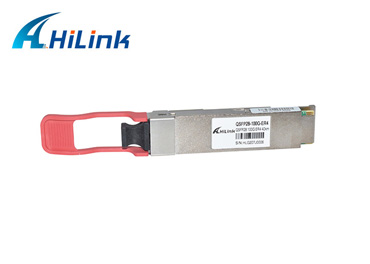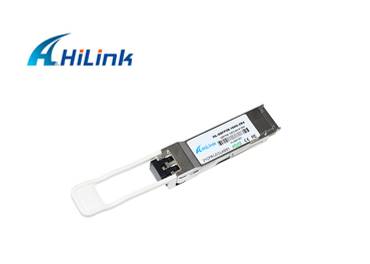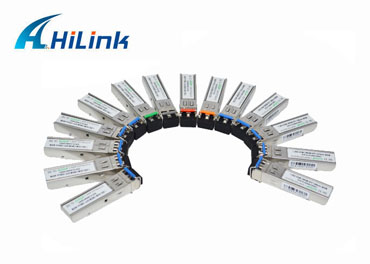Optical Transceiver Failure: How to Solve it?
Mar. 04, 2023
Optical transceivers are critical components in data communication systems that enable the transmission of data via optical fibers. They convert electrical signals into optical signals, which are then transmitted over the fiber. However, like all electronic components, optical transceivers can fail, which can result in data transmission issues and network downtime. In this article, we will discuss some common causes of optical transceiver failure and how to solve them.
Common Causes of Optical Transceiver Failure:
Overheating: Optical transceivers generate heat during operation, and if they get too hot, they can fail. Overheating can be caused by several factors, including poor ventilation, a faulty cooling system, or an ambient temperature that is too high.
Contamination: Optical transceivers have sensitive components that can be easily contaminated by dust, dirt, or other particles. If contaminants enter the transceiver, they can interfere with the optical signal, leading to transmission issues.
Mechanical Stress: Optical transceivers are sensitive devices that can be easily damaged by mechanical stress. This can be caused by improper handling during installation, maintenance, or repair.
Electrical Overload: Electrical overload can occur when the power supply to the transceiver is too high, or when there is a sudden surge of electricity. This can damage the sensitive components of the transceiver, leading to failure.
Manufacturing Defects: Sometimes, optical transceivers can have manufacturing defects that can cause failure. These defects can be caused by poor quality control during manufacturing or design flaws.
Solutions to Optical Transceiver Failure:
Monitor the Temperature: One of the best ways to prevent optical transceiver failure due to overheating is to monitor the temperature regularly. This can be done using specialized software or by checking the temperature of the device manually. If the temperature is too high, it is important to improve ventilation, repair the cooling system, or reduce ambient temperature.
Clean Regularly: To prevent contamination, it is important to clean optical transceivers regularly. This can be done using specialized cleaning kits that are designed for optical components. The cleaning process should be performed carefully to avoid damaging the sensitive components of the transceiver.
Dual Fiber 155m 4.25g SFP Transceivers
Handle with Care: To prevent mechanical stress, it is important to handle optical transceivers with care during installation, maintenance, and repair. This includes using proper tools, avoiding excessive force, and following the manufacturer's instructions.
Use Surge Protectors: To prevent electrical overload, it is important to use surge protectors to protect the transceiver from sudden surges of electricity. These devices can help to absorb excess energy and prevent damage to the transceiver.
Use High-Quality Transceivers: To prevent failure due to manufacturing defects, it is important to use high-quality optical transceivers from reputable manufacturers. These devices are more likely to be free from defects and designed to work reliably in a wide range of environments.
Replace Faulty Transceivers: If an optical transceiver fails, it should be replaced immediately. Continuing to use a faulty transceiver can cause further damage to the system and result in data transmission issues and network downtime.
In addition to these solutions, it is important to have a regular maintenance schedule for optical transceivers. This can include regular inspections, cleaning, and replacement of worn components. Regular maintenance can help to identify potential issues before they become serious problems, and can help to extend the lifespan of the transceivers.














